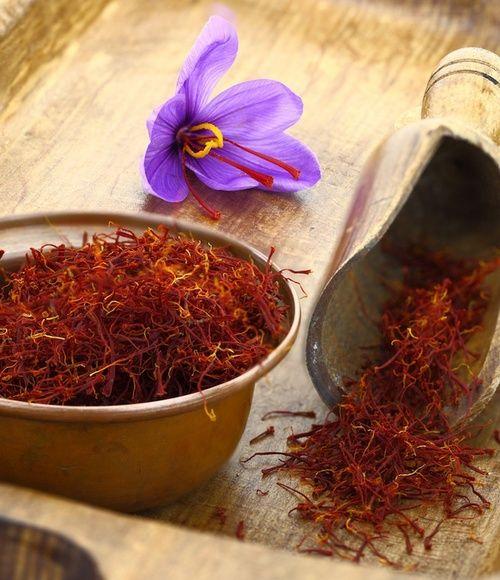Il rambutan, the fruit of Nephelium iappaceum, is rich in vitamin C and B and is useful for the health and care of the nervous system, skin and muscles. Let's find out better.
> Calories, nutritional values and properties of rambutan
> Contraindications
Description of the plant
There is a fruit whose names with which it is referred to in the various countries of the area of origin have to do with hair and hair: it is rambutan, which means "hair", "Mass of hair", "fruit from hair" or "tangled hair".
The name of the plant and the fruit has to do with its appearance: the skin is covered with protuberances, actually modified thorns, with the appearance of curved and reddish hair.
È native to Indonesia and South East Asia, where it is mostly consumed, and is related to lychee, mamoncillo and longan. The curious peel contains a cerulean and translucent pulp gathered around a seed. It can be eaten both fresh and cooked and caramelized, and has a sweetish flavor, reminiscent of the rose.
Rambutan, ally of
Muscles, skin, nervous system
Calories, nutritional values and properties of rambutan
Rambutan contains 82 kcal per 100 g.
In addition, 100 g of product contain:
- 0.2 g fat
- Cholesterol 0 g
- Sodium 11 mg
- Potassium 42 mg
- G carbohydrates 21
- Fiber 0.9 g
- Sugars 15 g
- 0.7 g protein
Few people know that i rambutan seeds are edible and which contain mainly oleic acid, arachidic acid, and various substances for which they are used in popular medicines such as analgesics.
It contains good amounts of all the B vitamins, especially the niancina (important for the health of the nervous system), and of ascorbic and citric acid.
Regarding the minerals contained in the fruit, manganese stands out (13%) followed by phosphorus and iron. It is a good one antioxidant due to citric acid and the presence of vitamin C, it also has properties toning and energizing due to the glucose content and low calorie content.
Rambutan, like zaffernao, is one of the foods rich in manganese

Controindicazioni
No particular contraindications. The only note dictated by common sense it concerns the consumption of seeds: although not considered toxic, it is always good to keep in mind the high content of terpenes, tannins, saponins and other potentially toxic substances in case of large consumption, and that their use is contemplated only in some forms of traditional medicine.
Curiosities about rambutan
In addition to the most famous litchi (with a thin, reddish skin similar to a shell) e longan (similar to lychee but softer, yellowish, more aromatic but less sweet), rambutan also has other more unknown and less available "cousins" on the exotic fruit market: mamoncillo (Melicoccus bijugatus), green skin and orange pulp, sometimes pleasantly sour; the pulasan (Nephelium mutabile), dark, fairly larger and with a smaller "down"; the korlan (Nephelium hypoleucum), apparently a cross between lychees and longan; and the rarer peeled rambutan (Nephelium xerospermoides), smaller and oblong.
How to eat
It is consumed exactly like a lychee: the peel is opened and the whitish pulp is consumed (the aril) paying attention to the seed hidden inside. At the time of purchase it is important to sift the freshness and always choose fruits with bright colors and without brown or blackish spots or halos. The recipes based on rambutan are mostly jams or sweets based on rice and fruit typical of Asia.
READ MORE
The properties and uses of the kiwano fruit
| Wikipedia


























